On the decision to celebrate gay marriages in the largest Episcopal church in the US

The Very Rev. Gary Hall, the Episcopal cathedral’s dean
The Washington National Cathedral, the largest and most prominent Episcopalian church in the United States, will soon begin hosting same-sex marriages.
Cathedral officials told the Associated Press that the church will be “among the first Episcopal congregations to implement a new rite of marriage for gay, lesbian, bisexual and transgender members.”
The church announced its new policy in mid-January.
The decision carries huge symbolism. The 106-year-old cathedral has long been a spiritual center in America, hosting presidential inaugural services and funerals for Ronald Reagan and Gerald Ford. The Rev. Martin Luther King Jr. delivered his last sermon there in 1968. The cathedral draws hundreds of thousands of visitors each year.
Same-sex marriage is now legal in the District of Columbia and Maryland, so the Rt. Rev. Mariann Edgar Budde, the Episcopal bishop of Washington, decided in December to allow an “expansion” of the Christian marriage sacrament.
The change is allowed under a “local option” granted by the Episcopal church’s General Convention, according to Episcopal spokesmen. Each priest in the diocese can then decide whether to perform same-sex unions.
The Very Rev. Gary Hall, the cathedral’s dean, said performing same-sex marriages is an opportunity to break down barriers and build a more inclusive community “that reflects the diversity of God’s world,” the Associated Press reported.
Bishops in five dioceses and priests in at least 100 parishes have broken from the Episcopal Church since it consecrated its first openly gay bishop, V. Gene Robinson, in New Hampshire. Bishop Robinson recently retired. The Church’s headquarters in New York says Episcopalian membership has held steady at 2.2 million, but other reports say membership has declined.

The Washington National Cathedral
The Washington National Cathedral has about 1,000 regular members of the congregation. More visitors attend Sunday services. Dean Hall said that the cathedral marries only couples who are congregants, volunteers, donors or graduates of the cathedral’s schools, but that there are no gay couples yet “in the pipeline.”
“I read the Bible as seriously as fundamentalists do,” Hall told the AP. “And my reading of the Bible leads me to want to do this because I think it’s being faithful to the kind of community that Jesus would have us be.
“As a kind of tall-steeple, public church in the nation’s capital, by saying we’re going to bless same-sex marriages, conduct same-sex marriages, we are really trying to take the next step for marriage equality in the nation and in the culture.”
The Human Rights Campaign, America’s largest gay rights group, applauded the cathedral’s change as a milestone.
“Today, the (Episcopalian) church sent a simple but powerful message to LGBT Episcopalians—you are loved just the way you are, and for that we embrace you,” the Rev. MacArthur Flournoy, the deputy director of HRC’s religion and faith program, said.
The National Organization for Marriage, which opposes same-sex marriage, said the cathedral’s change was “disappointing but not surprising,” given the direction of the Episcopal Church.
“The message here is that conservative Episcopalians are being pushed out,” spokesman Thomas Peters said.
Peters called the marriage announcement “an opportunity for people to wake up to what’s happening” and asked: “Does America want to retain its marriage tradition or fundamentally give it up?”
Gay weddings will be allowed immediately, but it will likely be six months to a year before the first marriages are performed.
Hall does not expect any objections within the National Cathedral congregation, he said.
But the change may draw criticism from outside, he said, just as it was criticized “to preach against segregation” or “to push for the ordination of women,” Hall said.
The New York-based Episcopal Church is the US body of the 77-million-member Anglican Communion. The House of Bishops voted last year 111-41 to authorize a provisional rite for same-sex unions.
Same-sex marriage is now legal in nine states and the District of Columbia, and the Supreme Court is scheduled to hear cases on gay marriage in March.
The first same-sex wedding performed at the American army’s West Point’s Cadet Chapel in December drew some protests from conservatives. The National Cathedral is even more visible.
Hall said he sees marriage as a human issue, not a political issue. “For us to be able to say we embrace same-sex marriage as a tool for faithful people to live their lives as Christian people,” he told the AP, “for us to be able to say that at a moment where so many other barriers toward full equality and full inclusion for gay and lesbian people are falling, I think it is an important symbolic moment.”
Comment on the Episcopal Decision to Celebrate Homosexual “Marriages” in the National Cathedral
Fr. Brian W. Harrison, O.S.
It has taken less than a century for the Anglicans’ chickens to come home to roost.
We have recently heard the news that the Episcopalian Church, as of 2013, will be carrying out ceremonies for same-sex “marriages,” which were recently established legally in the District of Columbia. And this will take place in Washington’s National Cathedral, no less—a prestigious symbol of American civil religion.
But if human attitudes, behavior and legislation changed in as short a time as it takes to deduce on paper a logical conclusion from its premises, this might well have happened a long time ago: in 1930, to be precise.
That’s when the Lambeth Conference—the nearest thing the world-wide Anglican Communion has to an ecumenical council—gave its approval to some instances of conjugal contraception.
In doing so, it became the first significant religious body in Western civilization to contradict 3,000 years of Judeo-Christian teaching, dating back to the Book of Genesis, that it is gravely immoral to deliberately deprive one’s genital acts of their God-given procreative power. (For a rebuttal of the currently fashionable claim that the Bible does not condemn contraception as such, see my article, “The Sin of Onan Revisited” at www.rtforum.org/lt/lt67.html)
This logical connection between the 1930 and 2013 decisions is worth explaining a little more fully.
In fact, it has had a profound impact on my own life.
Right at the chronological mid-point between those two dates, in 1971-1972, the debates then raging over both contraception and homosexuality became a key factor in my own conversion to the Catholic faith.
The prominence of that debate in the media and in the wider culture at that time was to a large extent fallout from Humanae Vitae (1968) and the new “gay liberation” movement that had been rapidly gathering force since the “Stonewall” confrontation of 1969.
I reached adulthood in the mid-1960s, when the Pill was making a lot of news. Like most folks of that era brought up as non-Catholics (I was a practicing Presbyterian), I could see nothing much wrong with contraception, and considered opposition to it on moral grounds as being just one more of those strange Roman Catholic ideas I had been taught to regard as irrational and unbiblical. (Or perhaps not so irrational, in this case. For wise mentors would tell me knowingly that of course the “RC” opposition to contraceptives was basically an instance of astute priestcraft: the hierarchy wanted to see “lots of little Catholics” in order to promote by stealth the Church’s ultimate goal of reconquering the West. You know: demography as warfare by other means.)
What prompted me to radically rethink my laissez-faire approach to contraception was precisely the kind of argumentation then being employed by the militant homosexuals.
This was a time when the average person in our society, religious or otherwise, still retained enough culturally-inherited sense of the philosophia perennis to recognize that human nature grounds and imposes certainly rationally recognizable norms of morally upright behavior.
So the great majority of people 40 years ago disapproved of homosexual acts; and, if asked why, most would have responded that such acts were clearly “against nature,” or “unnatural.”
But the gay militants were challenging this position with a highly effective ad hominem retort. It held good for just about all Westerners except Pope Paul VI and his orthodox Catholic followers. “Hey, you folks can’t trot out that argument against our lifestyle! What’s the big deal abut something being ‘unnatural’? Using condoms, diaphragms and pills to block conception isn’t ‘natural’ sex either! But you already stopped calling these things immoral at least a generation ago; and now contraceptives even have the US Supreme Court’s stamp of approval since it struck down the Victorian-era Comstock Laws that prohibited their sale and distribution.”
Touché.
Little by little, Western public opinion, and with it cultural and legislative norms, have been catching up with the laws of logic.
The two horns of the dilemma required that something had to give here: if acceptance of contraception implied acceptance of sodomy, then it was a case of either “so much the worse for contraceptives,” or “so much the worse for the whole traditional Christian concept of chastity.”
I chose the former alternative, reasoning that any ethical judgment which logically flashed a green-light go-ahead signal for practices so grossly and obviously impure as oral and anal sex just had to be wrong. St. Thomas Aquinas alludes to such practices as “monstrous and bestial forms of copulation” (Summa Theologiae, IIa IIae, Q. 154, art. 11). Indeed, in his wisdom, Aquinas here groups together all those types of acts “from which generation cannot follow” as different varieties of “the sin against nature.” That is, he sees them all as belonging to the same “family,” so to speak, of unnatural mortal sins, even though they differ in gravity. (For St. Thomas, masturbation is the least objectionable and bestiality the worst of all.)
I came to realize that if we approve any one of these intrinsically sterile types of sexual act, it becomes difficult, if not impossible, to find any conclusive argument for completely ruling out any of the others.
This realization — that the indignant critics of Humanae Vitae were, consciously or unconsciously, pulling the plug on the whole Christian ethic of purity and chastity—in turn expedited my entry into the Catholic Church at the Easter Vigil Mass of 1972.
The Anglican Communion, at Lambeth four decades earlier, had already implicitly opted for the second horn of the above dilemma: “so much the worse for the whole traditional Christian concept of chastity.” So its new decision in 2013 to “go with the flow” and start blessing same-sex “marriages” can be seen as an explicit, harmonious and consistent working out of the revolutionary principle it had already endorsed in 1930, to wit, that the intrinsic sterility of a given type of genital act does not necessarily render it immoral.
We can see at work here a kind of perverse parallel to what in Catholic theology has been known since Blessed John Henry Newman’s time as “the development of doctrine.”
Fortunately, the intrinsic and grave immorality of all such sterile genital acts has long been set in stone by the Catholic Church: this is a clear instance of the infallibility of her ordinary and universal magisterium (cf. Vatican II, Lumen Gentium, #25).
The current furious attacks on her “homophobia” will no doubt continue, and seduce even many within the Church’s own ranks. But ultimately the assailants will realize that trying to batter down the Rock of Peter is a fruitless exercise.

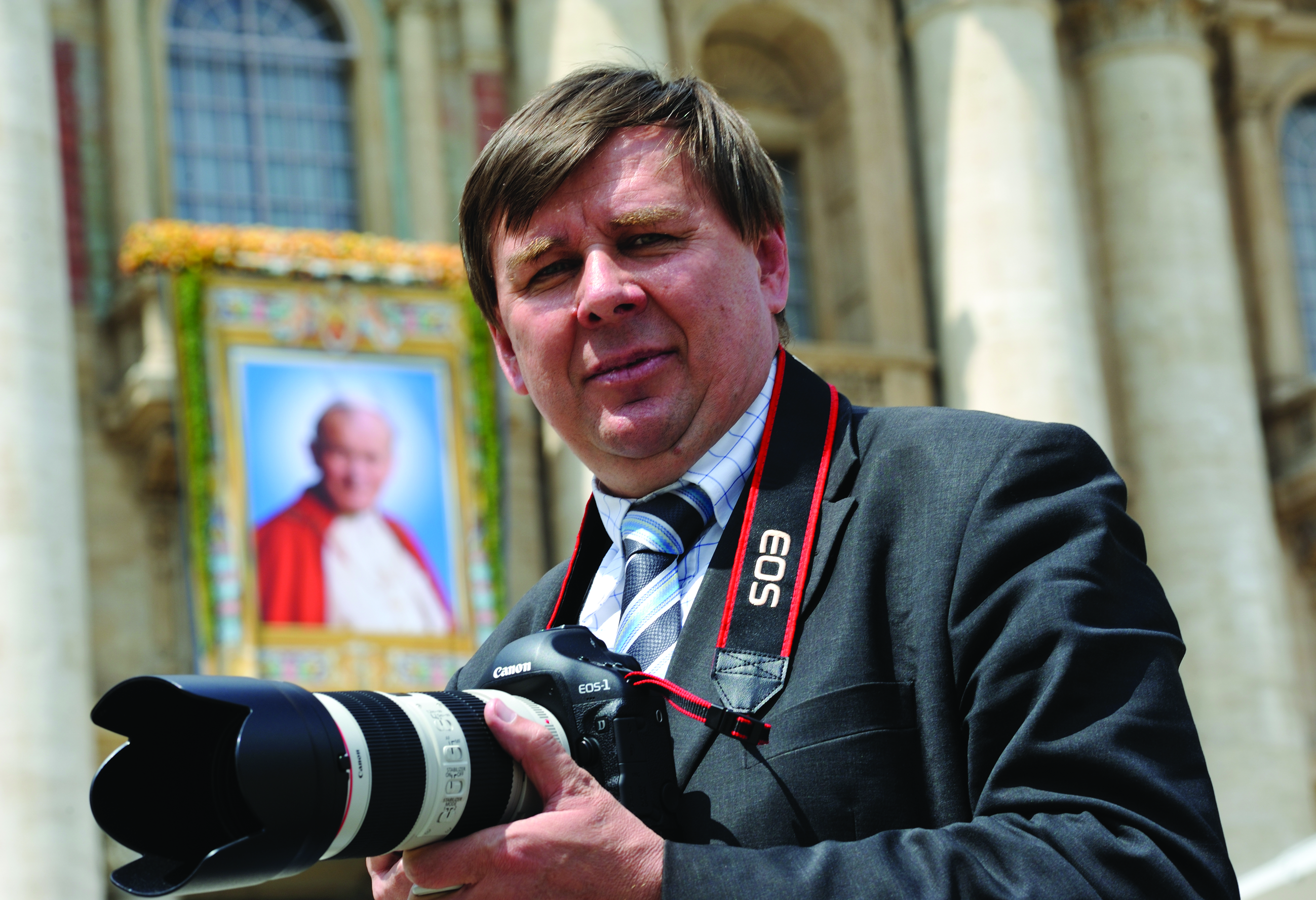
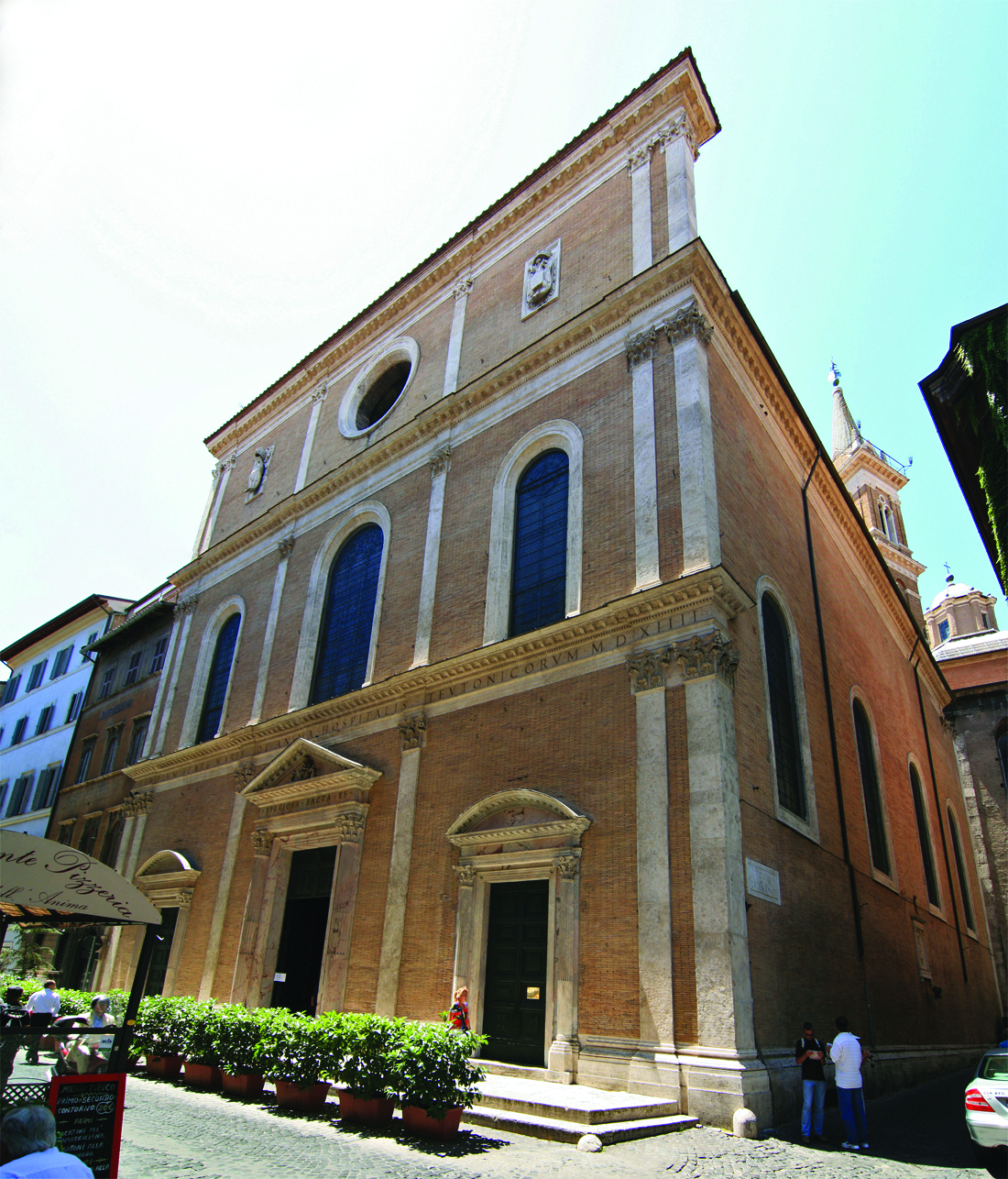
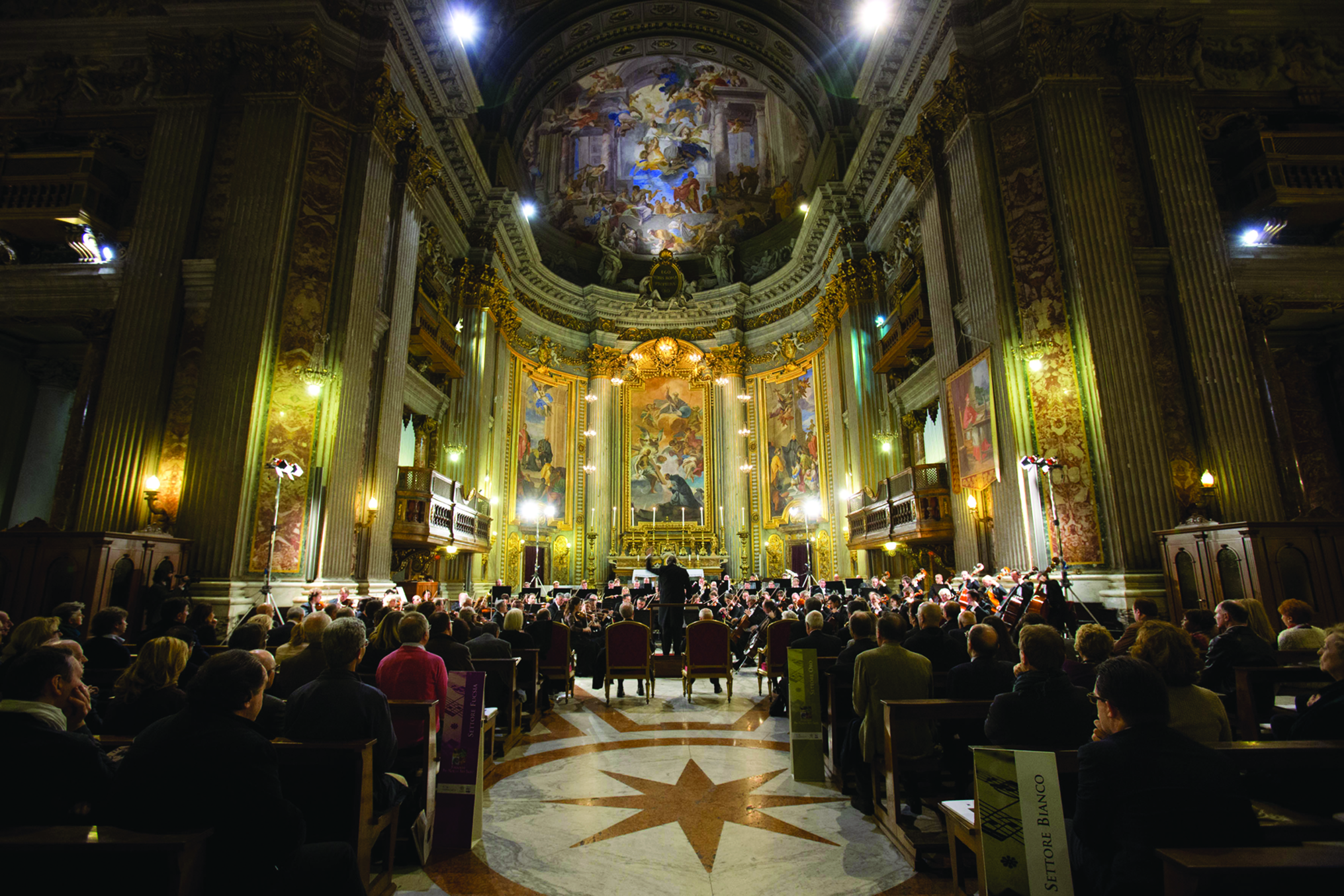
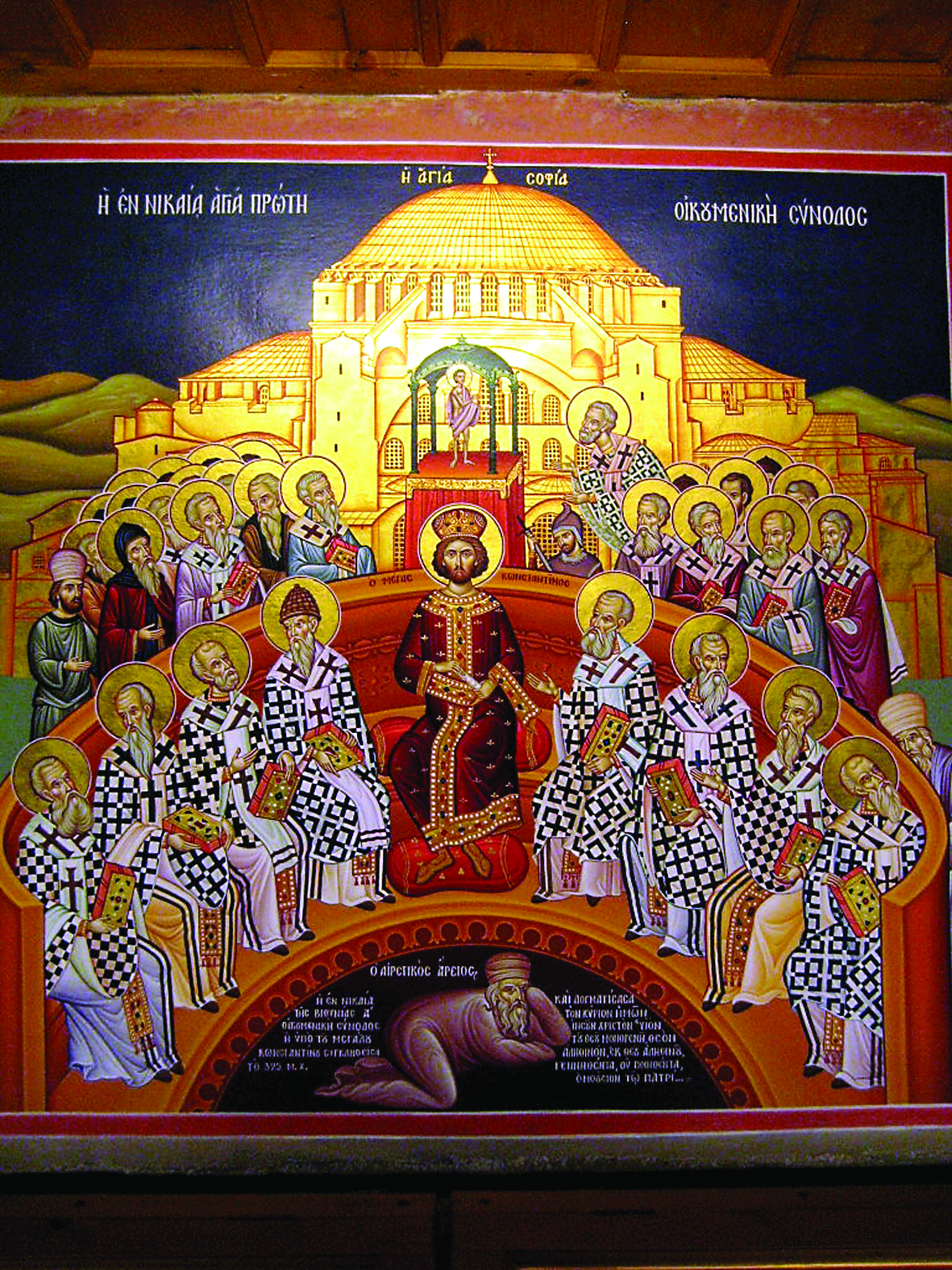
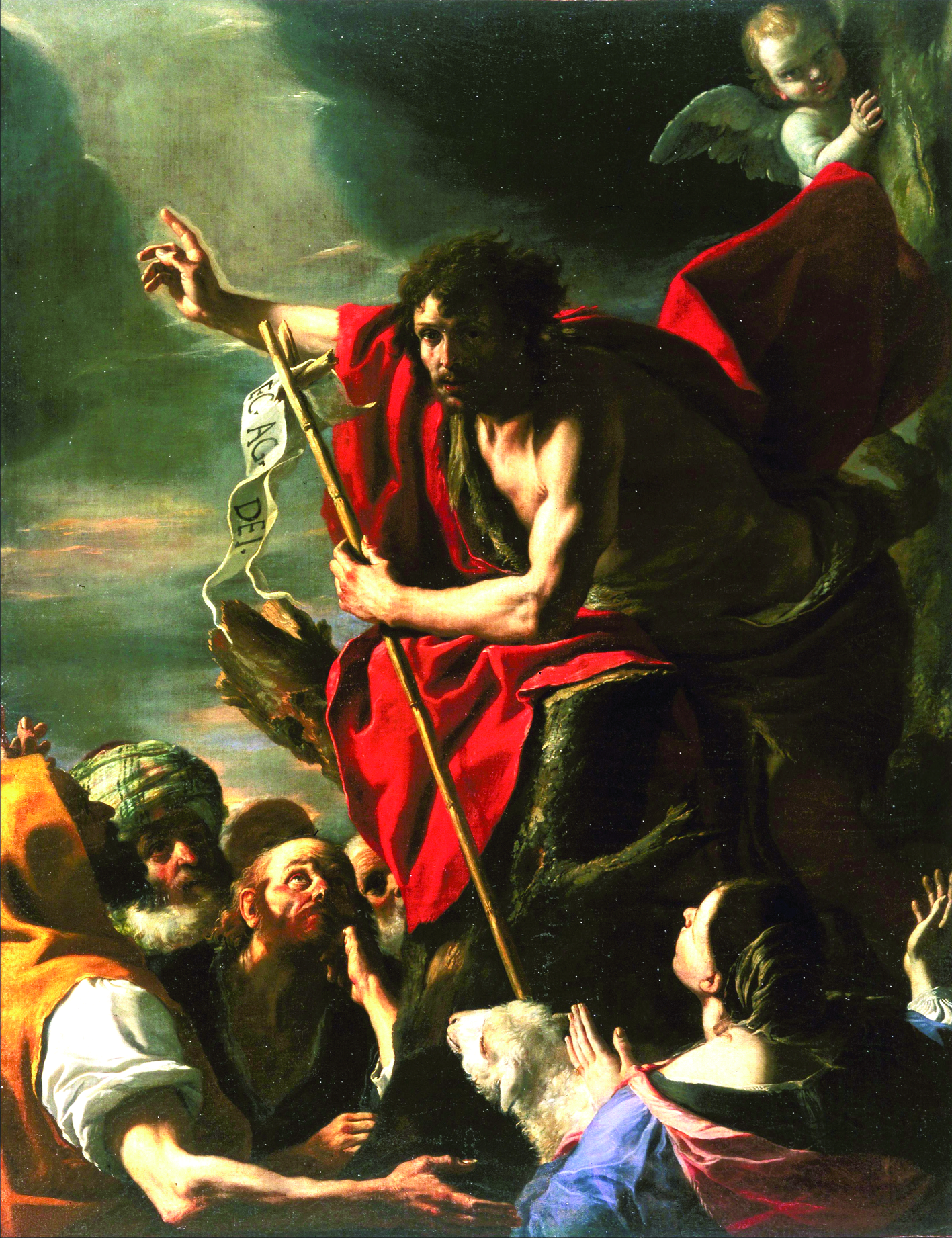
Facebook Comments